
A BOUT
How to Live Like a Monk
T his book shows how medieval monastic practiceswith their emphasis on a healthy soul, mind, and bodycan inspire us to lead more purposeful and balanced lives. Each chapter explores a different aspect of monks daily lives, from their schedule of work and prayer to the gardens they kept, and reveals its lessons for the present. Featuring both original illustrations and colorful miniatures from medieval manuscripts, How to Live Like a Monk will satisfy wellness seekers and history lovers alike.
About the Author
Danile Cybulskie is the author of Life in Medieval Europe and The Five-Minute Medievalist . She is the creator and host of The Medieval Podcast , is a contributor to Medievalists.net, and runs the Medieval Masterclass for Creators.
P RAISE FOR
H OW TO L IVE L IKE A M ONK
This beautifully illustrated self-help guide... reimagines monastic practices to help readers live with greater peace, simplicity, and purpose.
Publishers Weekly
This is a brilliant concept, beautifully delivered... told with great knowledge, with a view to passing on lessons learnt many hundreds of years ago, but still so relevant today. This highly original work is the perfect antidote to the stresses of modern life.
Charles Spencer, historian and best-selling author of Killers of the King and The White Ship
This entertaining and enlightening book almost made me want to become a monk. Almost...
Dan Jones, New York Times best-selling author and presenter of Netflixs Secrets of Great British Castles
This is a profoundly lovely book. Here is the life of a medieval monk, vividly described... with clarity, wit, and a humane wisdom that... offers food for thought about the modern world.
Helen Castor, author of She-Wolves and Joan of Arc
Filled to the brim with wise and practical advice, How to Live Like a Monk is a wonderful reminder that most of what we need to live a full and fulfilling life is already within us.
Tal Ben-Shahar, NYT bestselling author of Happier and Choose the Life You Want
This compact, beautifully illustrated volume contains a world of practical wisdom, wrapped up in amusing anecdotes and revealing quotations from medieval sources. It wears its learning lightly, but readers will find many surprising facts about the Middle Ages, as well as seeing their own lifestyle in a fresh light.
Seb Falk, author of The Light Ages: The Surprising Story of Medieval Science
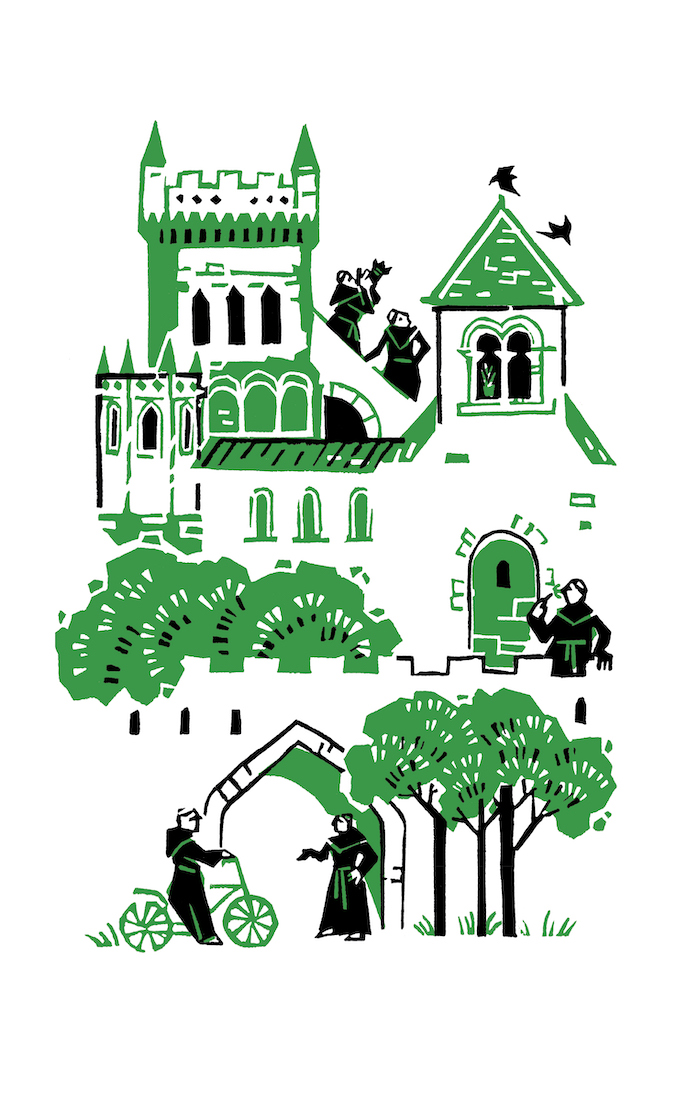
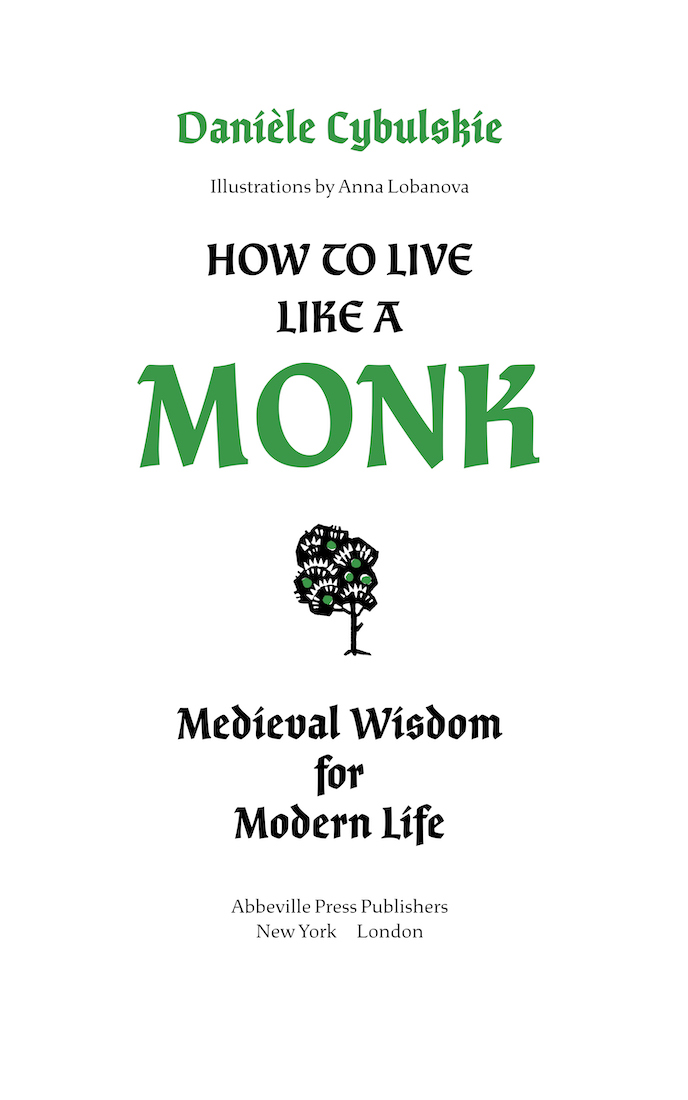
This book is dedicated to the memory of my great-grandmother, Freda Horton, a woman who was equal parts pithy wisdom, fashion savvy, courage, and love.
Danile Cybulskie
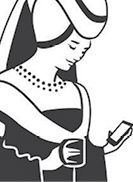

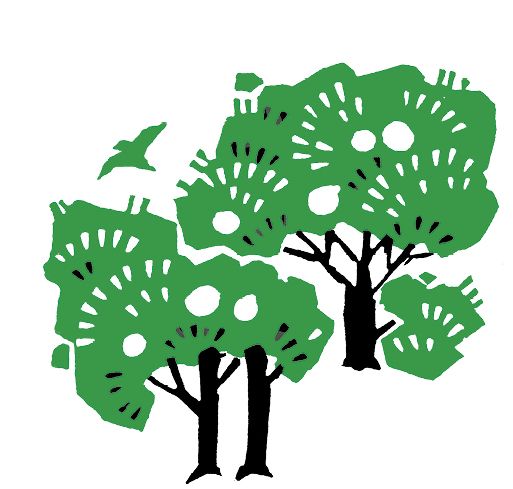


Carry out this little Rule sketched as a beginning, and then at last you will reach greater heights of learning and virtues.
Benedict of Nursia, The Rule of Saint Benedict
 his book was dreamed up well before COVID -19 became a global pandemic, forcing so many of us to temporarily retreat into living cloistered lives like monks, as it were. However, the social isolation that came with this most recent pandemic served to make clearer, perhaps, both the reasons monastic living has appealed to so many over the last two millennia and whyand howit worked in the Middle Ages, the thousand-year period between roughly 500 CE and 1500 CE .
his book was dreamed up well before COVID -19 became a global pandemic, forcing so many of us to temporarily retreat into living cloistered lives like monks, as it were. However, the social isolation that came with this most recent pandemic served to make clearer, perhaps, both the reasons monastic living has appealed to so many over the last two millennia and whyand howit worked in the Middle Ages, the thousand-year period between roughly 500 CE and 1500 CE .
The earliest people who practiced what would evolve into Christian monastic living were the desert hermits of late antiquity, who left society as completely as possible in order to spend all their time in religious contemplation. Those hermits, as their biographies tell us, fought hard against the forces of the devil to keep themselves living what they saw as pure and virtuous lives. They were upheld by many as the pinnacle of piety, and several of them, like Saint Anthony, attaining sainthood.
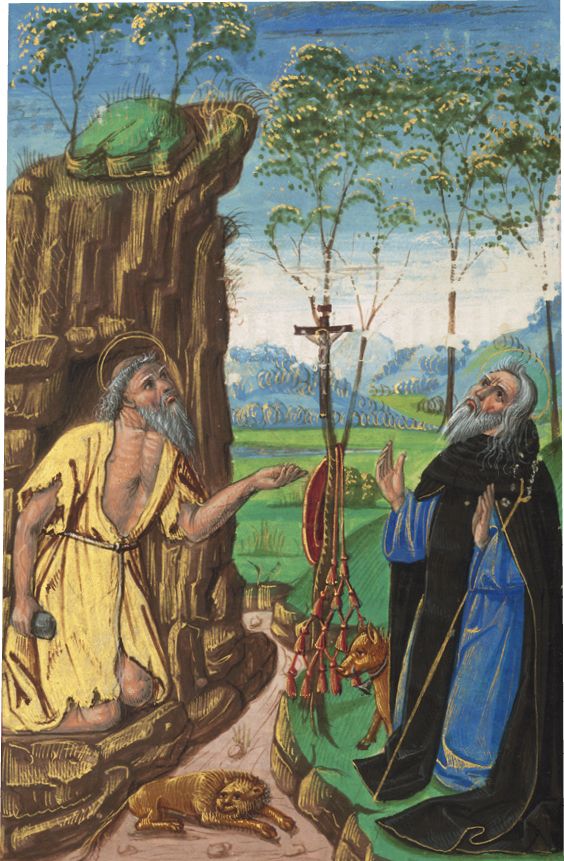
Although some hermits, like Saint Anthony (left, pictured with Saint Jerome), were able to lead spiritual lives on their own, monastic communities were developed to make it easier to avoid temptation.
The Almugavar Hours, fol. 276v, c. 151020 (detail)
Walters Art Museum, Baltimore; W.420
As the isolation that came with 2020 taught so many of us, however, it can be hard to resist temptation when youre all alone. From the sourdough bread experiments that tempted us to delicious gluttony to the Netflix binges that tempted us to sloth, we rediscovered that being alone sometimes makes it extremely difficult to keep to our resolutions, no matter how firmly we wish to and no matter how deep our desire to do well.
Early Christians (like those of other faiths both before and since) recognized that sometimes there is strength in numbers when it comes to individual temptation, and so they began to create communities of people who wanted to follow the path of righteousness but needed the help and the support of other people to do it to the best of their ability. Basically, they decided to be hermits together. With this, the first Christian monasteries were born.
Monastic life has changed shape over the course of nearly two millennia, as individual monks, communities, and popes wrestled with the challenges that come with dozensor even hundredsof people attempting to be hermits together and to live without sin. European monastic life was at its most iconic during the medieval period, so it is to those brothers and sisters well turn for our inspiration on how to live like a monk.
If youre interested in committing yourself to a monastic community to serve the will of God with your whole heart and soul, this is probably not the book for you. It seems safe to say, though, that many yearn for peace, simplicity, and purpose in our lives, and these are some of the principles around which the monastic path was created. So, for those of us who wish to live like monks, not as monks, read on for some ways in which the monastic life of the European Middle Ages can help us to live ad regulam toward a rule thats of our own making, in tune with our own goals and values.
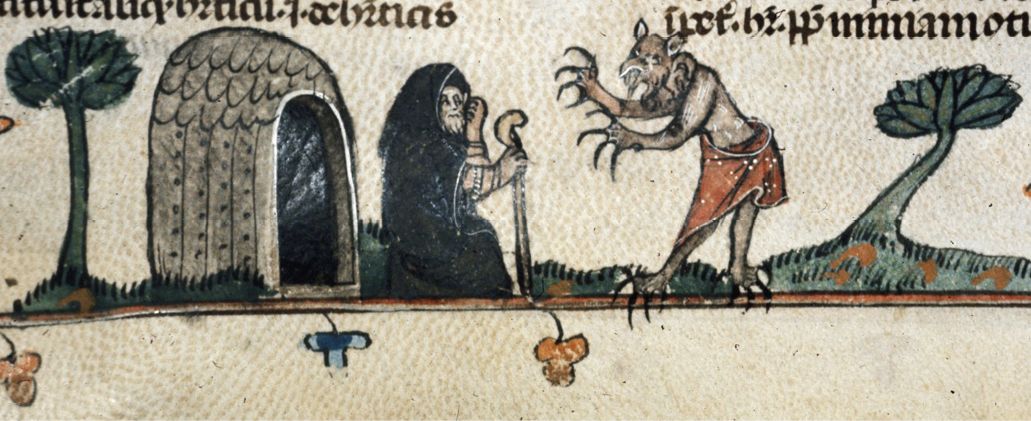
To take the solitary path of the hermitage or anchor-hold was to face a great deal of demonic temptation without the spiritual aid of a community.
Next page
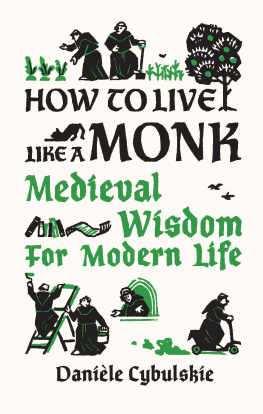

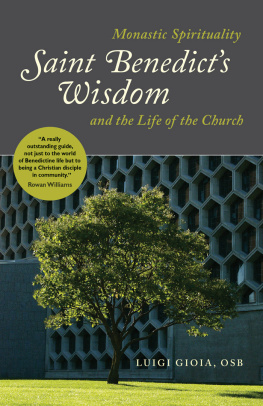


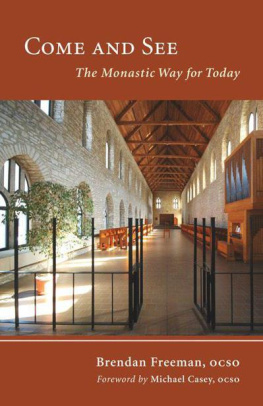

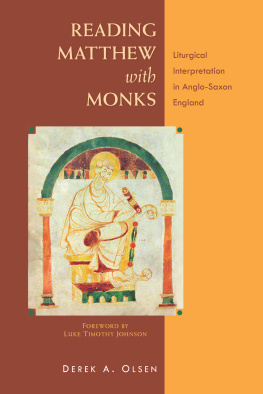

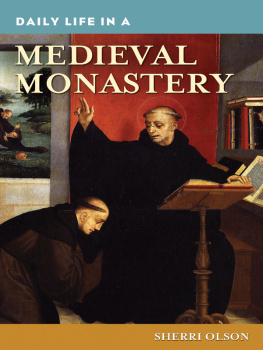








 his book was dreamed up well before COVID -19 became a global pandemic, forcing so many of us to temporarily retreat into living cloistered lives like monks, as it were. However, the social isolation that came with this most recent pandemic served to make clearer, perhaps, both the reasons monastic living has appealed to so many over the last two millennia and whyand howit worked in the Middle Ages, the thousand-year period between roughly 500 CE and 1500 CE .
his book was dreamed up well before COVID -19 became a global pandemic, forcing so many of us to temporarily retreat into living cloistered lives like monks, as it were. However, the social isolation that came with this most recent pandemic served to make clearer, perhaps, both the reasons monastic living has appealed to so many over the last two millennia and whyand howit worked in the Middle Ages, the thousand-year period between roughly 500 CE and 1500 CE .
